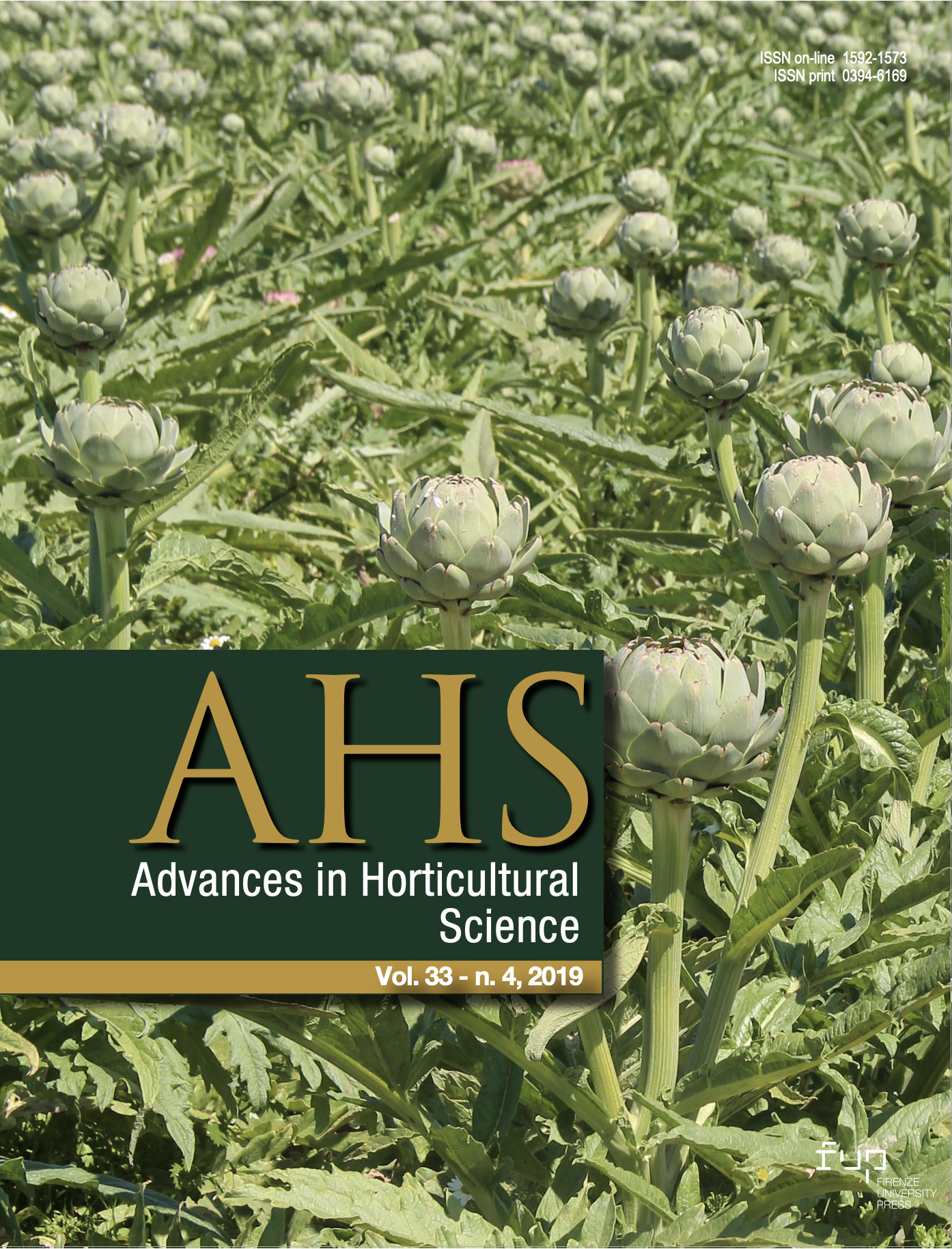Published 2020-02-25
Keywords
- adventitious root,
- Argania spinosa,
- auxins,
- stem cuttings
How to Cite
Abstract
Argania spinosa (L.) is an endemic tree species of south-western Morocco; it plays a very important socio-economic and environmental role. However, the vegetative propagation of the argan tree by traditional cuttings is limited by the difficulty of rooting and survival during transplantation in the field. Considering these facts, this study intended to investigate the rooting ability and growth performance of argan tree cuttings, collected from four élite trees rated ASOC1, ASOC2, ASOC3 and ASOC4, and treated with four concentrations (0, 1000, 3000 and 5000 mgL-1) of IBA, NAA and IAA. The results revealed cuttings of ASOC2 and ASOC3 genotypes were relatively less responsive than ASOC1 and ASOC4, this genotype effect was more pronounced in auxin treated cuttings. Treatment of cuttings by IBA was more effective than treatments by either NAA or IAA. Among all the media tested, 3000 mgL-1 of IBA with ASOC1 resulted in higher sprouting (81.75%), rooting (60.75%) and survival rates (96.25%). However, with the increase of IBA concentration levels (>3000 mgL-1), adventitious roots and sprouts performances decreased in all the genotypes. Argania spinosa could be successfully propagated by cuttings from selected élite trees.






